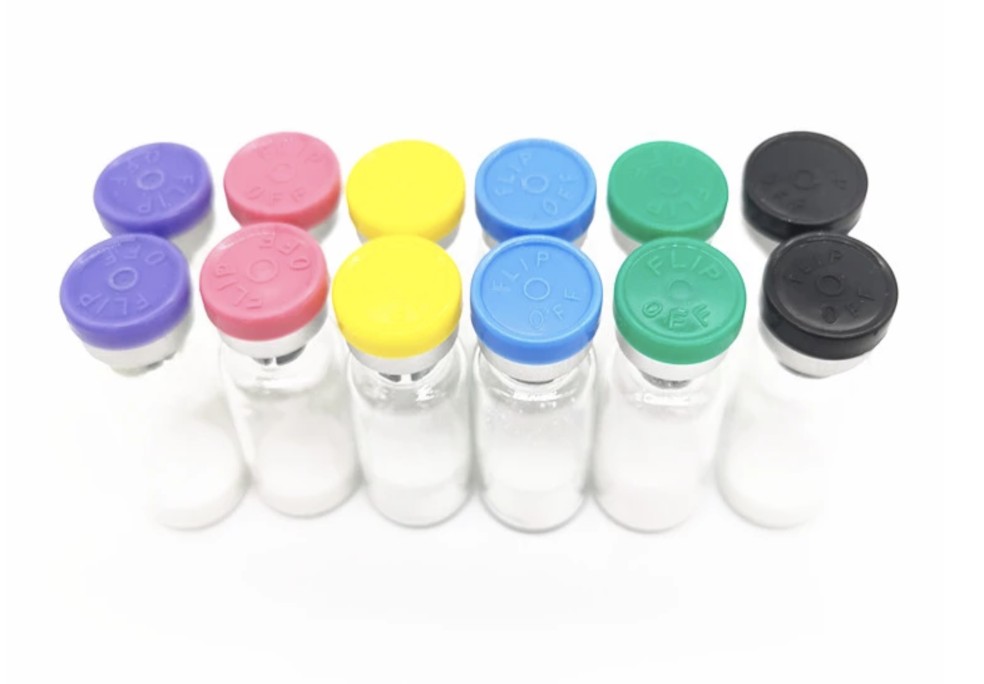Product name: Glucagon
Alias: Glucagon Acetate; Glucagon1-37
CAS No.: 16941-32-5
Molecular Formula: C153H225N43O49S
Molecular Weight: 3482.75
Purity (by HPLC): ≥98.0%
Appearance: White powder
EINECS: 204-035-4
Grade: Pharmceutical Grade
Storage: Shading, confined preservation
Usage: Glucagon generally elevates the concentration of glucose in the blood by promoting gluconeogenesis and glycogenolysis
Glucagon is a peptide hormone, produced by alpha cells of the pancreas, it raises the concentration of glucose in the bloodstream. Its effect is opposite that of insulin, which lowers the glucose concentration. The pancreas releases glucagon when the concentration of glucose in the bloodstream falls too low. Glucagon causes the liver to convert stored glycogen into glucose, which is released into the bloodstream. High blood Glucose levels stimulate the release of insulin. Insulin allows glucose to be taken up and used by insulin-dependent tissues. Thus, glucagon and insulin are part of a feedback system that keeps blood glucose levels at a stable level. Glucagon belongs to a family of several other related hormones.
Glucagon is also known as glucagon or anti insulin or insulin B. It is accompanied by a hormone insulin secretion from pancreatic islet alpha cells of vertebrates. Confrontation and insulin plays a role, increase blood glucose. In 1953, was isolated by precipitation and obtain the crystallization. It is based on the N- terminal histidine as a starting point, C terminal threonine is a single chain peptide terminus of 29 amino acids (molecular weight is about 3500), does not have the S-S bonds in a molecule, at this point, completely different from insulin. The structure of the compound has been synthesized by chemical recent affirmation. The early effect of glucagon process is specific binding exists in the target cell receptors on the cell membrane, the adenylate cyclase activation, ring type AMP as the second messenger activating phosphorylase, promoting glycogenolysis.
In contrast to the action of insulin, glucagon is a promoting hormone catabolism. Glucagon has very strong promoting glycogenolysis and gluconeogenesis, make the blood glucose increased significantly, 1mol/L hormone can make 3 x 106mol/L glucose from glycogen decomposed rapidly out. Glucagon by cAMP-PK system, the activation of hepatic cells accelerated glycogen phosphorylase, decomposition. Gluconeogenesis is enhanced because hormone accelerate amino acids into liver cells, and activate the enzyme of gluconeogenesis.
Glucagon also activates lipase, promote fat decomposition, and can enhance the oxidation of fatty acid, so that increased ketogenesis. The target organ of glucagon produced the metabolic effects of the liver, liver resection or interruption of hepatic blood flow, these effects disappeared.
In addition, the secretion of glucagon may promote insulin and islet somatostatin. Pharmacological doses of glucagon can make the content of cAMp in myocardial cells increased, myocardial contraction enhancement.






















